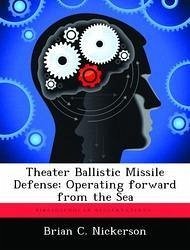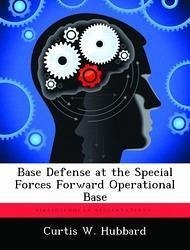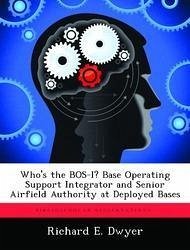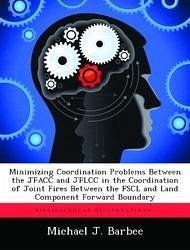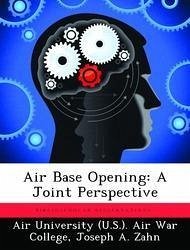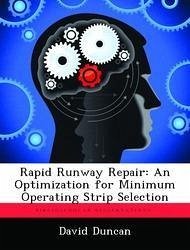Nicht lieferbar
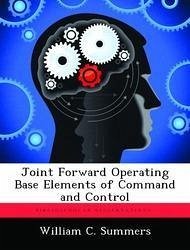
Joint Forward Operating Base Elements of Command and Control
Versandkostenfrei!
Nicht lieferbar
Since the 1986 Goldwater-Nichols Act directed the Chairman of the Joint Chiefs of Staff to develop doctrine for the joint employment of the armed forces, tactics, techniques, and procedures have evolved at different rates depending on the competency. Whereas the command of joint air forces is well prescribed within the structure of the air operations center and its associated leadership, command of air assets at a joint forward operating base lacks guidance. Today, the United States prosecutes an air war over Afghanistan from bases in Uzbekistan, Pakistan, and Afghanistan. Elements of the Unit...
Since the 1986 Goldwater-Nichols Act directed the Chairman of the Joint Chiefs of Staff to develop doctrine for the joint employment of the armed forces, tactics, techniques, and procedures have evolved at different rates depending on the competency. Whereas the command of joint air forces is well prescribed within the structure of the air operations center and its associated leadership, command of air assets at a joint forward operating base lacks guidance. Today, the United States prosecutes an air war over Afghanistan from bases in Uzbekistan, Pakistan, and Afghanistan. Elements of the United States Army, Air Force, and Marines combine at these geographically minute locations, each bringing a certain complement of support and command and control. Evidence from operations during the 1999 air war for Kosovo at Tirana Rinas Airport in Albania suggests that when these service elements meet at the airfield for the first time, there are problems associated with local procedure. At best, time is wasted creating local joint systems to overcome the difficulties. At worst, safety and mission accomplishment are jeopardized. This thesis will address the need to develop doctrine and a jointly integrated organization to support the command and control function at a forward operating base. This work has been selected by scholars as being culturally important, and is part of the knowledge base of civilization as we know it. This work was reproduced from the original artifact, and remains as true to the original work as possible. Therefore, you will see the original copyright references, library stamps (as most of these works have been housed in our most important libraries around the world), and other notations in the work. This work is in the public domain in the United States of America, and possibly other nations. Within the United States, you may freely copy and distribute this work, as no entity (individual or corporate) has a copyright on the body of the work. As a reproduction of a historical artifact, this work may contain missing or blurred pages, poor pictures, errant marks, etc. Scholars believe, and we concur, that this work is important enough to be preserved, reproduced, and made generally available to the public. We appreciate your support of the preservation process, and thank you for being an important part of keeping this knowledge alive and relevant.




